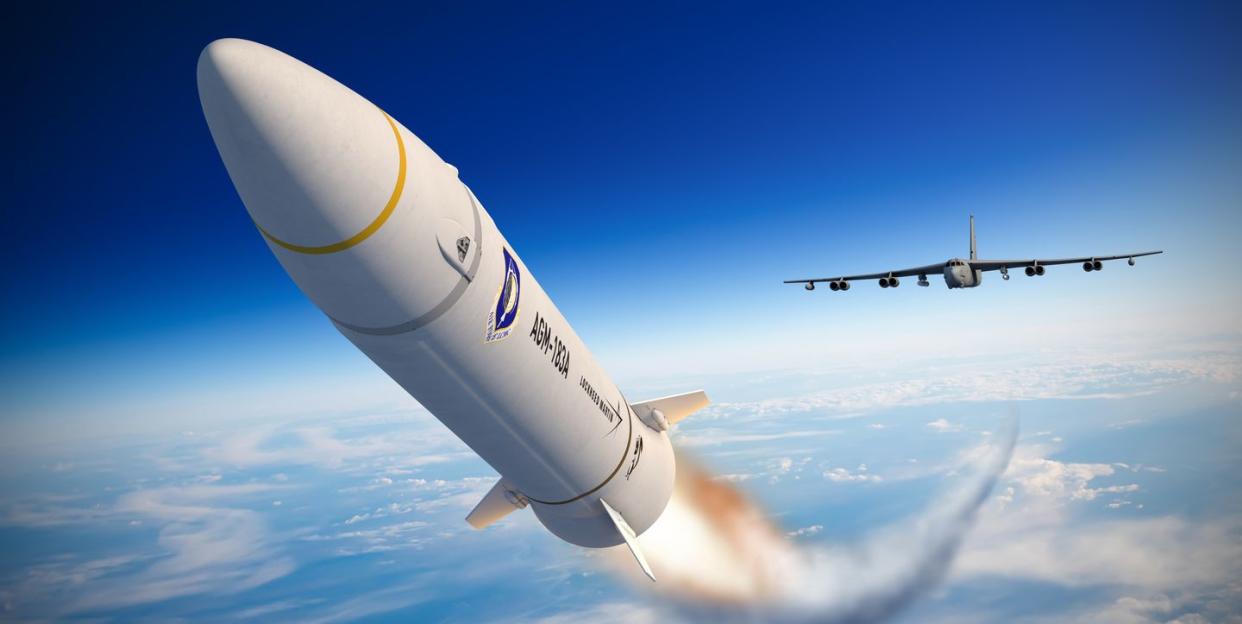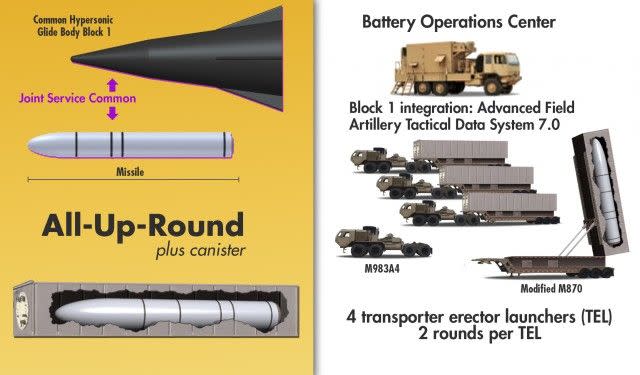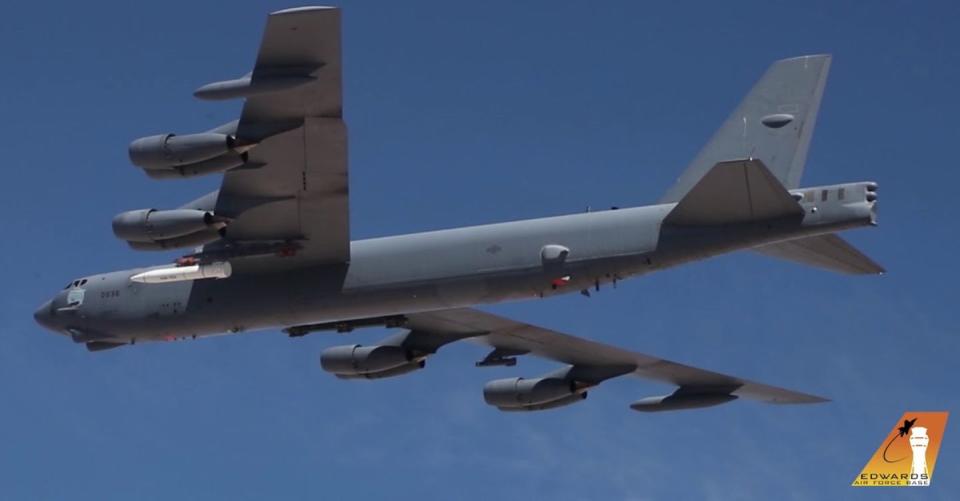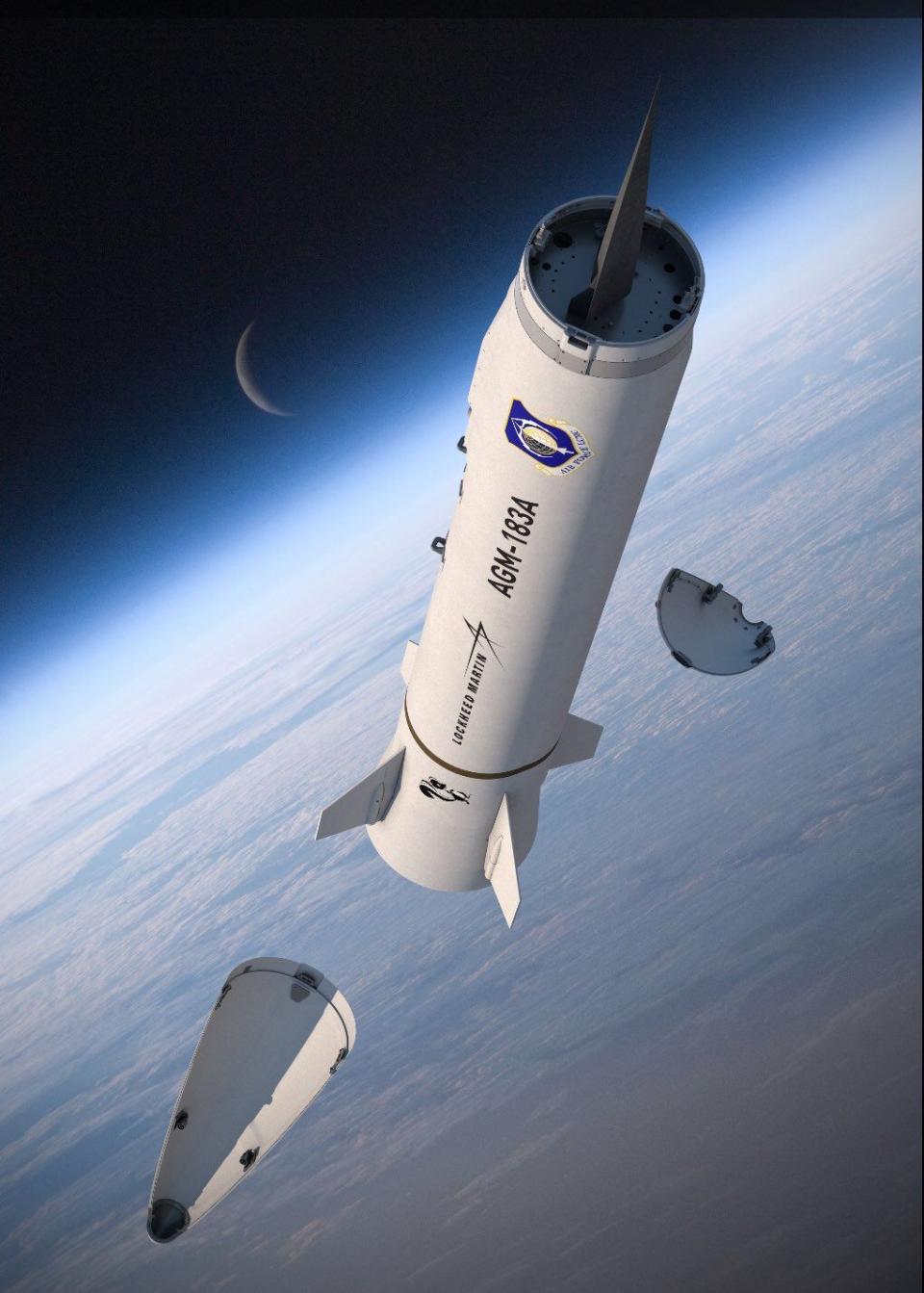What Is Trump’s 'Super Duper Missile'?: An Investigation

Over the last two months, the President of the United States has made reference to what he called a “super duper missile.” The President touted the missile, which he did not name specifically, at least three times this year, and appears to have revealed what are seemingly secret details about the weapon. Let’s go over his statements and try to figure out what he’s talking about.
Trump made his first comments about “super” weapons in February 2020 at a White House meeting with state governors:
“We have the super-fast missiles — tremendous number of the super-fast. We call them “super-fast,” where they’re four, five, six, and even seven times faster than an ordinary missile. We need that because, again, Russia has some. I won’t tell you how they got it. They got it, supposedly, from plans from the Obama administration when we weren’t doing it. And that’s too bad. That’s not good. But that’s how it happened. And China, as you know, is doing it.”
In these comments, Trump appears to confuse the term “super-fast” with “hypersonic.” Hypersonic refers to speeds in excess of Mach 5, and Trump erroneously mixes in Mach 4 weapons with hypersonics. Trump furthermore claims that Russia got the plans from the Obama Administration, which is untrue. Development of the Avangard strategic hypersonic missile began in the 1980s. Regardless, we now know, in a roundabout way, that Trump has been briefed on the new series of U.S. hypersonic weapons.

Then in May, at a White House event marking the establishment of the Space Force, Trump said:
“We have a — I call it the “super-duper missile.” And I heard the other night, 17 times faster than what they have right now….And you take the fastest missile we have right now — you’ve heard Russia has five times, and China is working on five or six times. We have one 17 times. And it’s just gotten the go-ahead. Seventeen times faster, if you can believe that, General. That’s something, right? Seventeen times faster than what we have right now. Fastest in the world by a factor of almost three.
Now we have a name for the missile: “super duper.” We also know it can travel at Mach 17, or 13,043 miles an hour. Trump claims that the missile is nearly three times faster than Russian or Chinese hypersonic weapons. Incidentally, that claim is also untrue: experts say Russia’s Avangard weapon is believed to reach speeds of up to Mach 27.)
Then, on June 13 at West Point, Trump had the following to say:
We are building new ships, bombers, jet fighters, and helicopters by the hundreds; new tanks, military satellites, rockets, and missiles; even a hypersonic missile that goes 17 times faster than the fastest missile currently available in the world and can hit a target 1,000 miles away within 14 inches from center point.
The last part of this comment seems to refer to the “super duper missile” (SDM), but also includes some interesting parameters.
So, what is the SDM? We know there’s a dizzying array of U.S. hypersonic weapon programs under simultaneous development. The U.S. Navy’s Conventional Prompt Strike missile, while the U.S. army is developing the Long Range Hypersonic Weapon and the newly outed Vintage Racer. The U.S. Air Force is developing not one but two weapons, the AGM-183 Air-Launched Rapid Response Weapon (ARRW) and the Hypersonic Air-Breathing Weapon Concept (HAWC). DARPA has two more hypersonic weapon concepts under development: Tactical Boost Glide and OpFires.

Of all these weapons, the AGM-183 ARRW is probably the best match for the Super Duper Missile. A range of 1,000 miles suggests an air-launched weapon: land based missiles hauled around on transporters can be made larger and thus have a longer range, while air-launched weapons are constrained by the need to fit them on warplanes. A 1,000-mile range is typically the sweet spot for air-to-ground weapons, making them small enough so that aircraft can carry multiple missiles while still launching them from the maximum flying range of an adversary’s fighter jets. A thousand miles will also place the carrier aircraft safely out of range of surface-to-air missiles, such as the Russian S-400 and Chinese HQ-9.
If this is indeed ARRW, then a Mach 17 speed and 1,000-mile range has some interesting implications. Such a missile, launched from maximum range, would hit its target in about 4.5 minutes. By comparison, a Tomahawk cruise missile would take about an hour and twenty minutes to fly the same route. While defending against hypersonics isn’t impossible, detecting, tracking, and then engaging a missile traveling at more than three miles a second isn’t easy, and may not be possible with current surface-to-air missiles systems.

Another useful detail is that ARRW—if the AGM-183 and Super Duper Missile are indeed the same weapon—has a claimed accuracy of within 14 inches. This is a pretty remarkable detail to leak, as the Pentagon rarely discusses the accuracy of its weapons.. One of the Pentagon’s most popular guided weapons, the GPS-guided JDAM bomb, has an accuracy of 43 feet. The new Joint Air to Surface Standoff Missile (JASSM) will land within 10 feet of its target 50 percent of the time. Fourteen inches is a considerable boost in accuracy and will likely leave Russian and Chinese engineers scratching their heads how it is possible—and how to counter such a sophisticated guidance system.
Of course, all of this assumes the statements made by the President are true. If they aren’t true then America’s adversaries could be sent on a wild goose chase, spending millions or even billions on an imaginary threat. If they are true these same adversaries now have a rough idea what to defend against—before the SDM even enters service.
You Might Also Like
